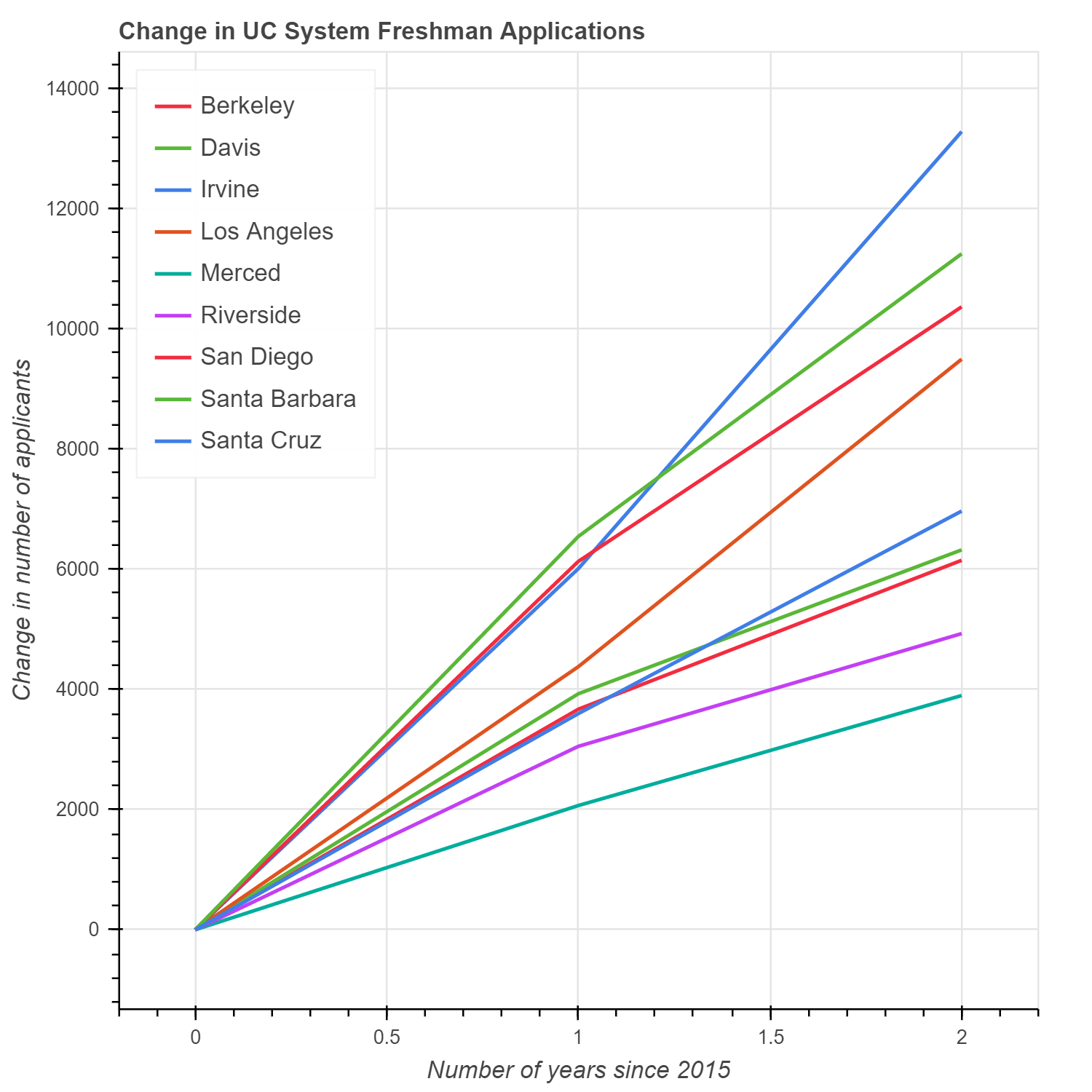


Set up a potential temperature-salinity plot, by selecting THTA for the Y-axis and SALNTY for the X-axis. Select 'Property-property.' from the 'Plots' menu. No further user actions are required other than clicking 'Plot'. In Java OceanAtlas we permit you to plot any observed or calculated parameter versus any other, and to color the data points by any color bar which corresponds to a parameter named in the Data Window.Īs noted previously in the Guided Tour, we have configured the dialog boxes for each JOA plot type so that a basic plot can be made with a minimum of user input:įor a JOA property-property (X-Y) plot, the 'Plot' button is activated after at least one parameter is chosen for the X-axis and any one parameter is selected for the Y-axis. Many property-property correlations are of interest to oceanographers. You can visualize which waters along this section would most readily mix, that is, if they were brought together. However, physical oceanographers have a special fondness for temperature versus salinity plots (often as not potential temperature versus salinity plots for the reasons discussed earlier in the Guided Tour), because of the imprinting from the source regions and because isopycnals at appropriate reference pressures can be added to potential temperature versus salinity X-Y plots.įor example, we show in Figure 9 a potential temperature versus salinity plot prepared from a global selection of data (a long section from many cruises extending from the Ross Sea to the Bering Sea in the Pacific Ocean, across the Arctic Ocean and Nordic Seas, and then from Iceland to the Weddell Sea in the Atlantic Ocean), colored by a specially-made color-contour bar with equal divisions of sigma-0 from 22.7 to 27.95.Įach transition of the bands of color in Figure 9 marks an isopycnal. The most basic oceanographic property-property plot is a property plotted against pressure (or depth) as the vertical axis. For example, waters originally from the sea surface in a region of low air temperatures and high precipitation would remain relatively cold and fresh as they spread from their source region, whereas those from the subtropics remained warm and salty due to heating and evaporation there. As the science of oceanography developed in the late 1800s, and as physical/chemical observations became available from widespread regions, it became apparent that ocean waters had imprinted upon them clear and traceable patterns of characteristics. Contrary to the prevailing oncometabolite model, succinate accumulation and 2-OG-dependent dioxygenase inhibition are insufficient for mouse pheochromocytoma tumorigenesis, which requires additional growth-regulatory pathway activation.Property-property plots (X-Y plots) are essential to oceanographic data interpretation. Unexpectedly, in vivo depletion of the 2-oxoglutarate (2-OG) dioxygenase cofactor ascorbate reduces SDHB-deficient cell survival, indicating that SDHx loss may be better tolerated by tissues with high antioxidant capacity. By contrast, concomitant SDHB and the neurofibromin 1 tumor suppressor disruption yields SDHx-like pheochromocytomas. To interrogate this prevailing model, we disrupt mouse adrenal medulla SDHB expression, which recapitulates several key molecular features of human SDHx tumors, including succinate accumulation but not 5hmC loss, HIF accumulation, or tumorigenesis. Syndromic tumors exhibit elevated succinate, an oncometabolite that is proposed to drive tumorigenesis via DNA and histone hypermethylation, mitochondrial expansion, and pseudohypoxia-related gene expression. Inherited pathogenic succinate dehydrogenase ( SDHx) gene mutations cause the hereditary pheochromocytoma and paraganglioma tumor syndrome.


 0 kommentar(er)
0 kommentar(er)
